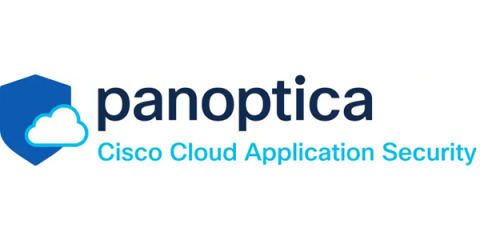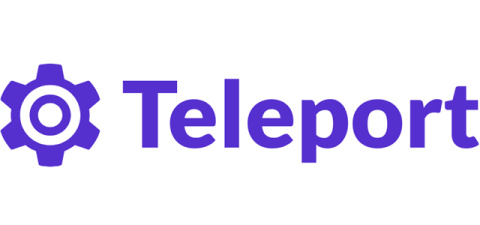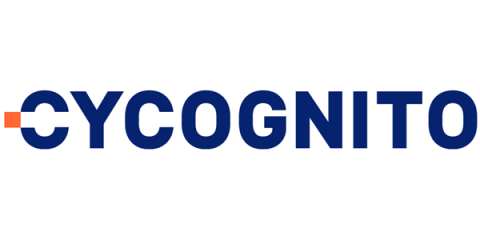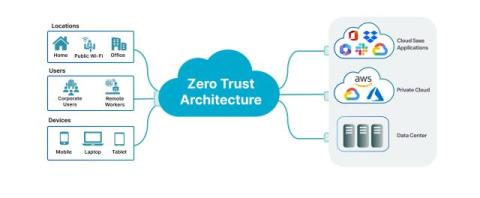Securing Continuous Integration and Delivery Pipelines
Modern software development teams will have individual preferences about whether to use IDEs or which testing framework or coding convention to adopt. However, for teams that want to deliver high-quality software at a rapid pace, continuous integration and continuous delivery (CI/CD) is a must-have. Mature, high-performing dev teams lean heavily on their CI/CD pipeline. Because of this heavy dependence on CI/CD, ensuring the security of your CI/CD pipeline is incredibly important.











